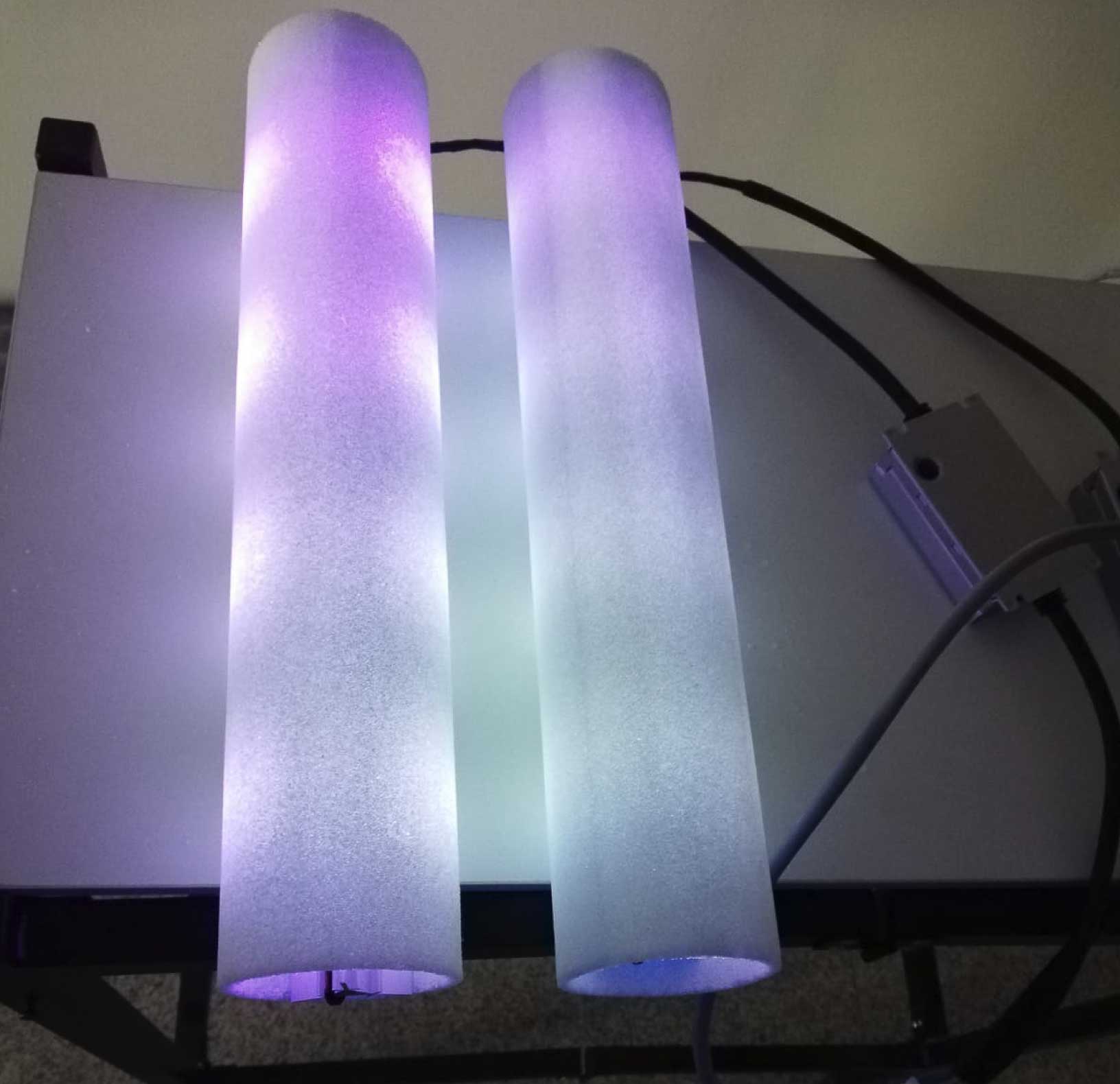Hydroxyl radical activity
As a powerful oxidizing agent, hydroxyl radicals break any CH bond and damage proteins and nucleic acids. The lifetime of a hydroxyl radical in a biological environment ranges from 2 × 10-9 to 8 × 10-9 seconds and the diffusion radius is <0.01 μm.
The cytotoxic and carcinogenic effect of ionizing radiation on living organisms is directly related to the formation of (• OH) during water radiolysis.
The process of photocatalysis on a nanocrystalline semiconductor titanium dioxide takes place according to the following scheme:
When TiO2 is irradiated with ultraviolet light, a quantum of light knocks out an electron from the TiO2 lattice and forms an electron gap (“hole”).
· An electron and a “hole” are created on and removed from the TiO2 surface
captured.
(TiO2) + hv (h+) + (e-) [1]
Both particles are chemically active, so the TiO2 surface becomes a strong oxidation field. Various chemical and physical processes can take place in the photocatalytic zone, leading to the formation of reactive oxygen species (ROS).
· Upon contact with the TiO2 surface, the oxygen in the ambient air binds a free electron. This is how the superoxide radical anion (• О2-) is formed.
(О2) + (е-) (• О2-) [1]
It was discovered [1] that the superoxide radical anion (• О2-) can bind any organic compound
Water and carbon dioxide can oxidize.
It is known that molecular oxygen rarely triggers the oxidation of pollutants in the gas phase. Studies show that the main role in the oxidation processes in the gas phase is played by free radicals, among which the hydroxyl radical (• OH) should be distinguished.
In a photocatalytic reactor, the interaction of a “hole” with water forms a hydroxyl radical, which also forms hydrogen:
(Н2О) + (h+) (• ОН) + (Н) [1]
The resulting hydroxyl radical immediately reacts with any oxidizable molecule in the immediate vicinity [2]. These can be not only components of anthropogenic origin – volatile organic compounds, but also components of natural origin that are constantly present in the ambient air – CO, O3, CH4, C2H6, N2O, etc. Their natural concentrations are such that the lifetime of the during the Hydroxyl radicals formed by photocatalysis does not exceed microseconds and they cannot exceed the limits of photocatalytic air purification devices and thus pose no danger to humans.
The safety of photocatalytic devices for human health can be confirmed by the received medical certificate [3] for individual samples of devices and American patents for photocatalytic respirators [4].
Definitions OH – Hydroxyl radical


